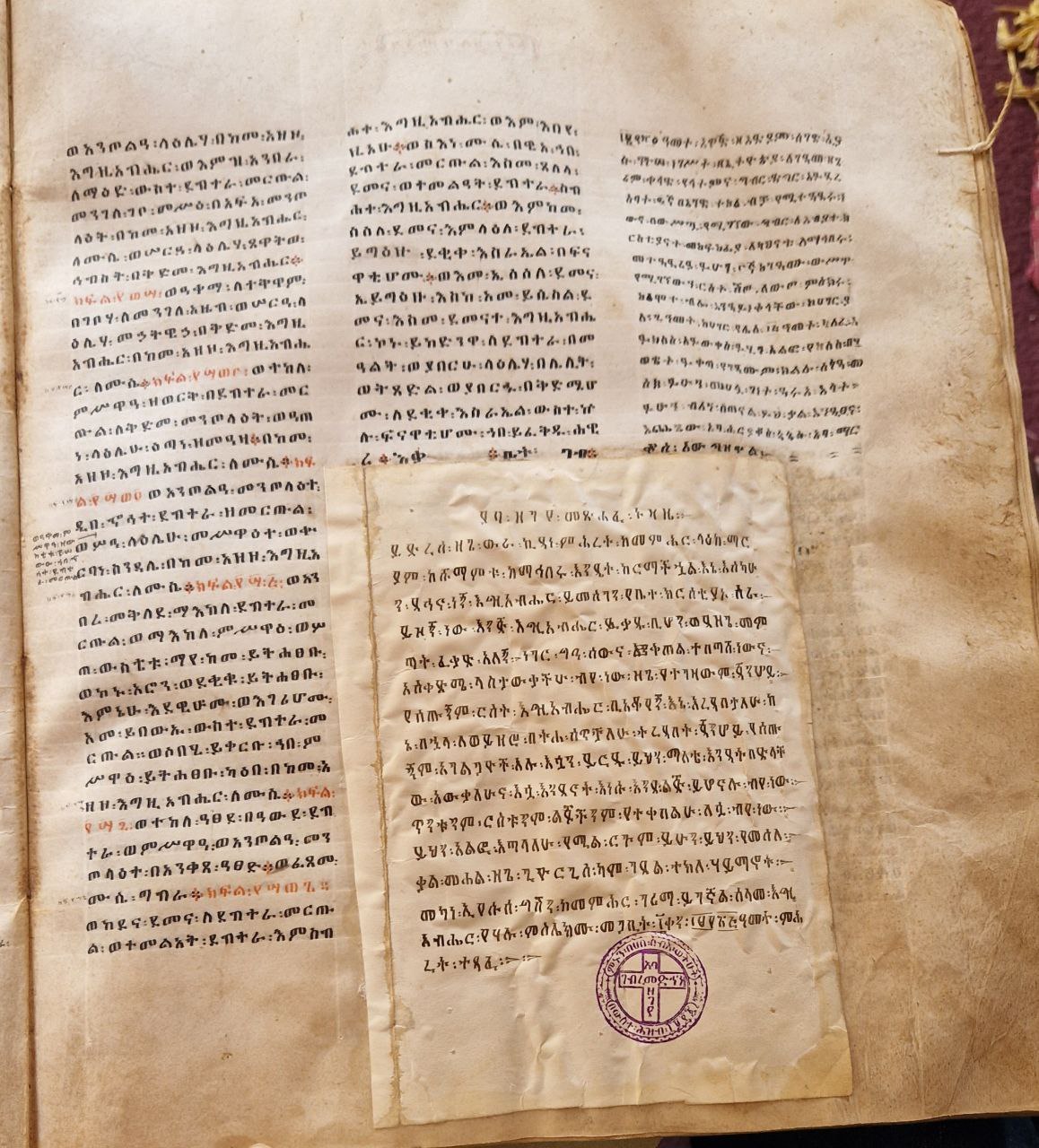Archival Practices and Preservation Methods in Ethiopian Manuscript Tradition
Focusing on the ʿUrā Kidāna Məḥrat monastery in Goǧǧām
2023–2025
RFE18

Ethiopia not only has an old tradition of producing manuscripts, which is still alive today, but also of documenting its written heritage. Perhaps this documentation goes back as far as the production of codex manuscripts (current evidence indicates that the oldest available manuscripts, ʾAbbā Garimā Gospels, originate from the 5th-7th centuries CE). On the other hand, the earliest dated manuscript from Ḥayq ʾƎsṭifānos monastery, which is from the 13th century CE, contains information about the donors of manuscripts to the monastery and gives evidence about the abbots of the monastery and the royals.
The objective of this project is to identify and describe archival practices and preservation methods of manuscripts and archival documents in the monastic tradition of Ethiopia with a focus on ʿUrā Kidāna Məḥrat Monastery in Goǧǧām, which was founded in the 14th century. Besides this, the project examines the material and spatial aspects of the archive, the archival space, material selection, and their connection to archived manuscripts and documents. In the Ethiopian tradition of archival practices, documents are archived in three ways: (1) by adding notes and historical deeds in the blank space of the codex manuscript, (2) by binding together new folios or sheets under the existing manuscript, and (3) by producing registry (Mazgab) for historical and legal records. Those archival documents are kept in the same archival place ʾǝqā bet (እቃ ቤት). Based on the textual and material elements of archived documents and manuscripts, this project investigates the material features of the monastic archive.
People
Project lead: Dirbwork Bitsu Kassa
